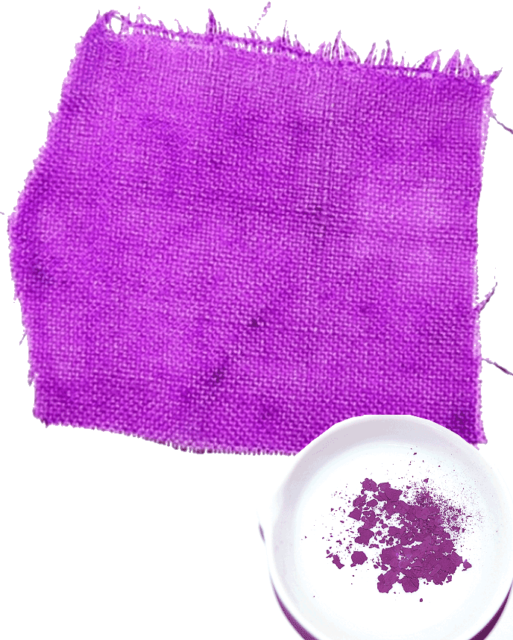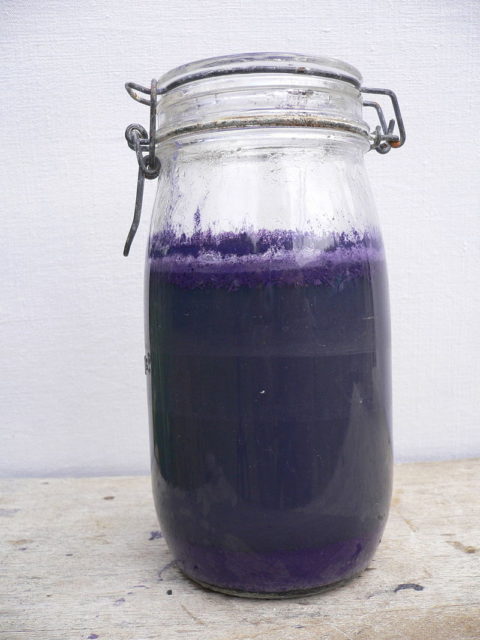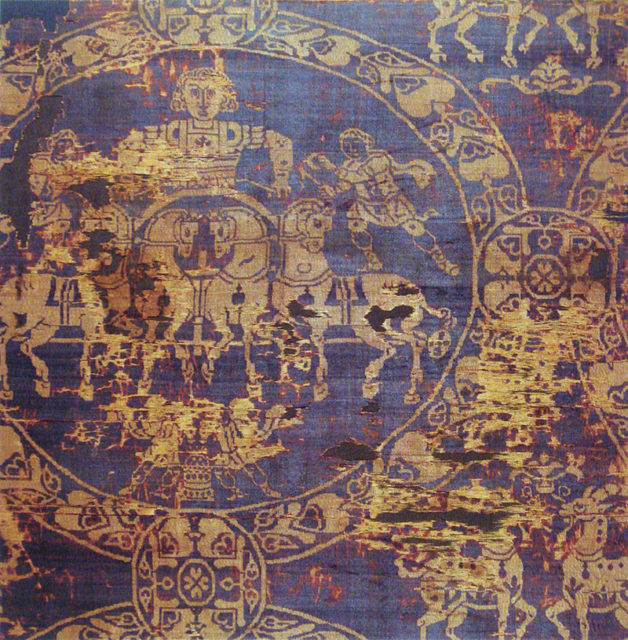The colors we see are an important part of our interpretation of the world. Based on our background and culture, we see colors as representatives of specific things.
Colors depict different things to each of us, and what is a “happy” color in one part of the world would be considered a “sad” color elsewhere. As an example, white implies purity, chastity, and innocence in Western culture, but in Japanese culture, it is the color of mourning. There are some colors, however, that have the same meaning almost everywhere– all of us automatically associate red and yellow with autumn or fall, and green with spring. Everyone associates the color purple with royalty, but how did this come about?
The belief that purple is the color of royalty stems from ancient Phoenicia. The Phoenicians discovered, in the 16th century BC, that a certain species of marine snail, Bolinus brandaris, would emit a purple hue when it was irritated. In their natural habitat, the snails used the secretion, an organic form of bromide, as a sedative when hunting their prey, but they would also secrete the same compound when under attack from predators. The Phoenicians found that they could irritate the snails, causing the substance to be emitted. Then they could either collect the secretion or crush the shell to extract the mucous.

The Phoenicians also made a deep blue or indigo-colored dye from another species of marine snail closely related to for means brandaris. This snail, Hexaplex trunculus, was found off the coast of Morocco and produced a rather blueish color.
Thousands of these snails were needed to produce small amounts of dye. Most of this dye was made in the port city of Tyre (hence its name Tyrian purple), where archaeological records show that the snails were collected from the sea and placed in large vats to decompose. This process produced a horrendous stench that was recorded by many early explorers, but no records have been found to indicate how the color was extracted from the decomposing mess.
From a modern archaeological standpoint, it seems that other communities were also well aware of the color which could be produced from these marine snails. But they seem to have not produced it in the quantities that were developed in Tyre and did not commercially benefit from it as much as the ancient Phoenicians. Substantial numbers of Murex shells have been found on Crete, which indicates that the Minoan civilization knew the secret of extracting the purple dye in the 20th to 18th centuries BC. Archaeologists believe that the Italians also knew the secret in the 18th century BC, as they found crushed murex shells in a dig in southern Italy. Ancient Mexicans had also uncovered the secrets of the murex snail, but their writing also indicates that cloth dyed with it perennially smelled of fish– a smell that did not fade! The strong fishy odor was also noted by the ancient Egyptians.

The deep purple color seems to have been achieved by dipping the cloth first into the deep indigo dye made from the Hexaplex trunculus, and then into the reddish-purple color produced by the Bolinus brandaris. All of this complex processing made the cost of this dye, and the cloth on which it was used, exorbitantly expensive. So the color became the preserve of royalty or the exceptionally wealthy. This belief, that purple belonged to the well-to-do, permeated the ancient world and included Rome and Egypt, as well as Persia. As it was believed that the kings of the ancient world were descended from gods, purple also came to be associated with the divine and with holiness.


Ancient writing gives an idea of how expensive this cloth was. It is told that the Roman Emperor Aurelian refused to allow his wife to buy a shawl made from silk dyed with Tyrian purple, as it cost its weight in gold. In the Elizabethan Age, the color purple was further protected when Queen Elizabeth I drew up the Sumptuary Laws.
These laws regulated what colors, cloth, and clothing styles could be worn by the various classes of English society. These Sumptuary Laws stated that only royalty and their close relatives were permitted to wear purple.

Purple remained a “royal” color right up until the middle of the 19th century, when an English chemist, William Henry Perkin, searching for means to manufacture artificial quinine, noticed the residue from his experiments was a purple sludge; he determined its unique color would make an excellent dye. Up to this point, all dyes were made from natural ingredients, so this was the first of the modern artificial dyes. He made a fortune selling his dye under the name Tyrian purple, but it was changed in 1859 to “mauve,” after the French name for a purple mallow flower.
Nowadays, purple in all its beautiful shades is available to anyone, and while we instinctively think of it as a “royal” color, it is no longer forbidden to the common man.
